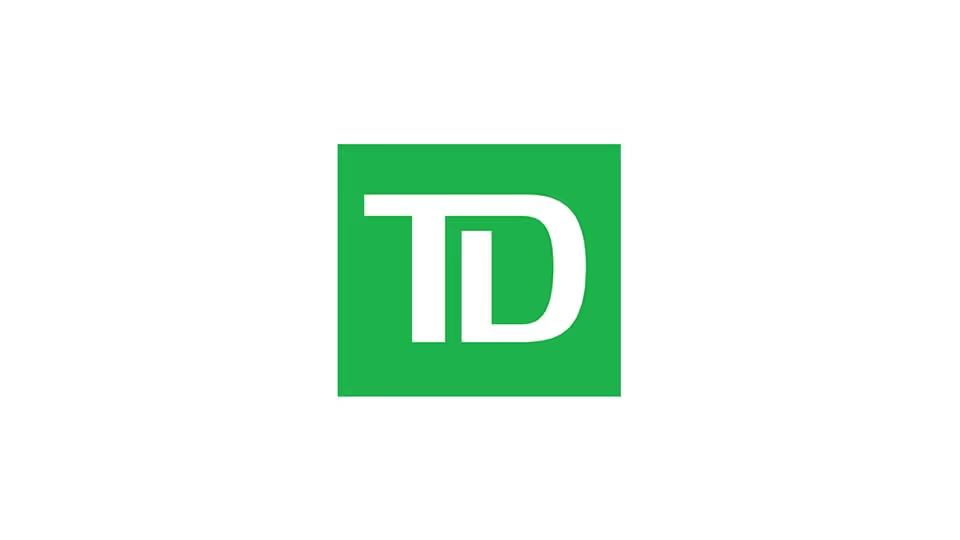TBNK Proves Not All Bank Dividend ETF’s Are Created Equal
TD Asset Management Inc. (TDAM) gathered input from their fundamental equity research team in conjunction with the product team to analyze the Canadian market.

At first glance, investing in a Canadian bank exchange-traded fund (ETF) makes perfect sense. These ETFs are typically comprised of the six largest banks from the Canadian banking sector. They can offer diversification, long term growth potential, a stable income, and strong risk adjusted returns. Canadian bank stocks have delivered a ten-year total return of approximately 10% annually, better than the 7% to 8% return for the broader market1. In addition, over the last 20 years, they have delivered a 14% return on investment compared to 10% for the rest of market.2 As a result, these banks continue to pay attractive dividends that have collectively grown by over 400% during the past two decades3.
While this excellent track record clearly points to the potential of Canadian bank ETFs in general, one fund has differentiated itself from its peers — TD Canadian Bank Dividend Index ETF (TBNK).
Unlike some Canadian bank ETFs that are based on equal-weight exposure, the TD fund takes a differentiated approach, by weighting each bank holding according to dividend growth. This strategy assumes that banks with the highest levels of profitability, and superior execution through business cycles, will ultimately increase their dividends more quickly than their peers, and the banks that have increased their dividends the most have historically had better returns as well.

To execute on this strategy, TD Asset Management Inc. (TDAM) gathered input from their fundamental equity research team in conjunction with the product team to analyze the Canadian market. They then collaborated with Solactive, a highly regarded firm that designs, calculates and licenses financial indices. Solactive created a unique rules-based methodology for TBNK. Once a year the index ranks the big six Canadian banks — TD Bank Group, Royal Bank of Canada, Bank of Montreal, Scotiabank, Canadian Imperial Bank of Commerce and National Bank of Canada — from 1 to 6, based on their 12-month trailing dividend growth. The best ranked bank gets the highest weighting, the second best ranked gets the second highest weighting and so on. The portfolio is then rebalanced to these weights on a quarterly basis.
Canadian banks have historically been reliable performers having paid regular dividends for over 100 years. These banks have established themselves as pillars of this country’s economy by offering a diversified range of products and services which include personal loans, mortgages, credit cards, investment advice, and insurance. Moving ahead, there are still several avenues the banks can take to improve profitability. This includes operating efficiencies derived through digitization and a shift toward cashless transactions; more customers due to increasing immigration, many considered to be economically prosperous; and acquisition opportunities that have enabled banks to add multiple business lines to their portfolio such as wealth management and capital markets.
Investors looking to capitalize on the stability and strong growth potential of the Canadian banks have many options to consider. With its broad suite of mutual funds and ETFs along with decades of investment experience, TDAM is a trusted leader in providing long-term core solutions for investor portfolios. TBNK is constructed to help investors reach their financial goals with one easy cost-effective solution, offering attractive income — distribution yield of 5% (as of May 31, 2023) — with the potential for stock price appreciation.
If you would like to learn more about TBNK or the full range of ETFs available through TDAM, visit the TD ETF Resource Centre.
1Source:Bloomberg Finance L.P. Data as March 31, 2023
2Source: Factset. Data as of January 31, 2023
3Source: Bloomberg Finance L.P., as of February 28, 2023
2
Commissions, management fees and expenses all may be associated with investments in exchange-traded funds (ETFs). Please read the prospectus and ETF Facts before investing. ETFs are not guaranteed, their values change frequently and past performance may not be repeated. ETF units are bought and sold at market price on a stock exchange and brokerage commissions will reduce returns. Index returns do not represent ETF returns. The indicated rates of return are the historical total returns for the periods including changes in unit value and reinvestment of all distributions and do not take into account redemption, commission charges or income taxes payable by any unit holder that would have reduced returns.
The TD Canadian Bank Dividend Index ETF ("TD ETF") is not sponsored, promoted, sold or supported in any other manner by Solactive AG nor does Solactive AG offer any express or implicit guarantee or assurance either with regard to the results of using the Solactive Canadian Bank Dividend Index (CANTR) ("Index") and/or any trademark(s) associated with the Index orthe price of the Index at any time or in any other respect. The Index is calculated and published by Solactive AG. Solactive AG uses its best efforts to ensure that the Index is calculated correctly. Irrespective of its obligations towards TDAM, Solactive AG has no obligation to point out errors in the Index to third parties including but not limited to investors and/or financial intermediaries of the TD ETF. Neither publication of the Index by Solactive AG nor the licensing of the Index or any trademark(s) associated with the Index for the purpose of use in connection with the TD ETF constitutes a recommendation by Solactive AG to invest capital in said TD ETF nor does it in any way represent an assurance or opinion of Solactive AG with regard to any investment in this TD ETF.
TD ETFs are managed by TD Asset Management Inc., a wholly-owned subsidiary of The Toronto-Dominion Bank.
®The TD logo and other TD trademarks are the property of The Toronto-Dominion Bank or its subsidiaries.

Latest Posts
Hot Companies
You might also like


.png)
.png)


